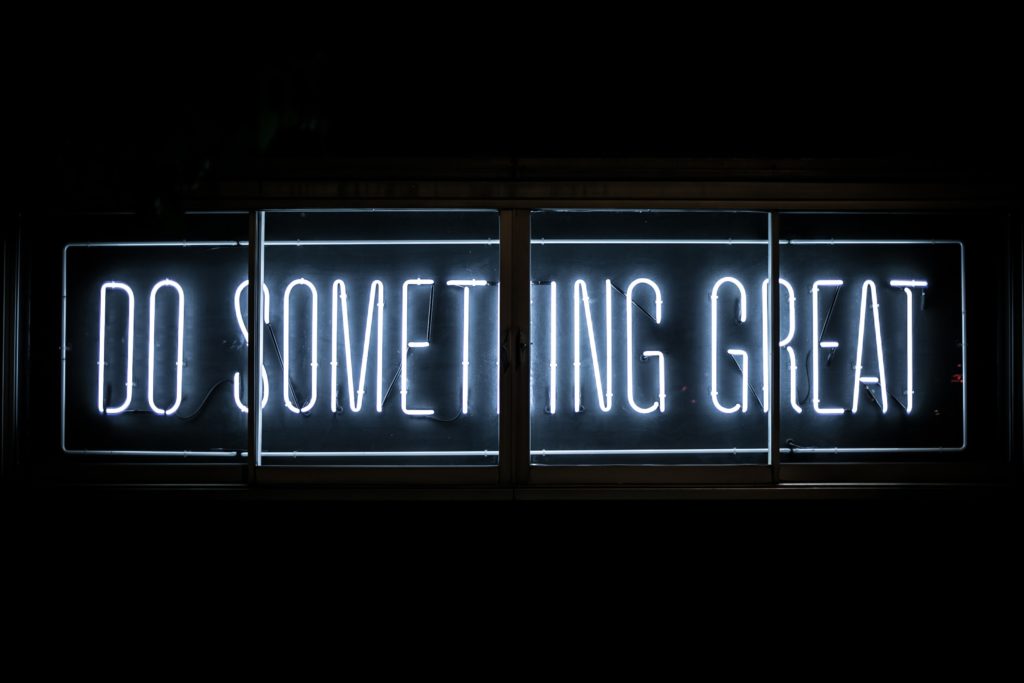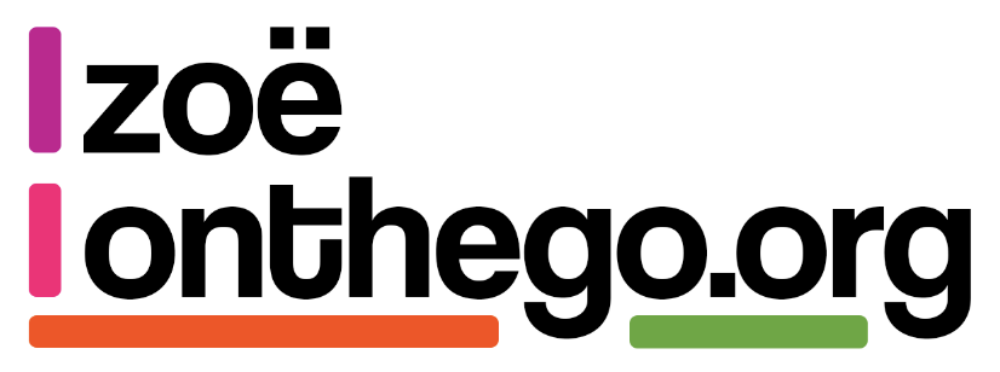No, don’t worry, I’ve not passed on and started speaking from beyond the grave; but given I’m now 3 months into my role at Difrent I thought it might be worth reflecting on how I’ve found things on the other side of the commercial table so to speak.
In the first 3 months I’ve worked with our teams, been in multiple contract meetings, client meetings, negotiations, done my first ever bid presentation and helped win my first piece of work for the organisation.

In the 15 years I spent in the public sector I have done my fair share of time working alongside procurement, drafting Pre-Qualification Questionnaires and Invitation to Tenders as part of a commercial team, or assessing bid responses and pitch’s as a programme lead. But if I’m honest in all that time I never considered the work that suppliers put into their Tender responses; the effort different commercial frameworks might require nor how companies pick and choose which work to bid for.
It’s been fascinating within the Difrent SLT talking about the kind of work we want to be bidding for, assessing what work aligned with our #TechForGood goals and values. It’s also really been reassuring to be involved in conversations where we have decided not to bid on work that doesn’t align with the company values.

One of the things I’ve quickly had to get my head around is the complexities of the Digital Marketplace and the ins and outs of the different commercial frameworks, be that G-Cloud, DoS or PSR. If I’m honest I’d never really got my head around the pros and cons of the different frameworks before taking this role, it was always one of those things I simply had to approve before.
While I have previously managed projects and programmes, and managed the suppliers working with us to deliver the work; it was equally never a thing I massively had to dwell on, beyond the question of ‘are they delivering what we need or not?’
In the last three months I’ve really gotten to understand the amount of work that has to be put in to make sure they answer to that question is ‘yes’.

One of the trickiest aspects to that relationship is making sure as a partner we are providing the right amount of rigour, challenge and reassurance so that our clients feel assured that we are doing the right things in the right way to deliver the outcomes they are looking for. Balancing the need to challenge and ask why to ensure the work we are doing is right, with the need to keep the client happy, engaged and onside. Not the easiest thing to do, but definitely vitally important in order to ensure value is actually delivered.
As a supplier I now realise how tricky it is to walk the tightrope of helping the client deliver the right thing, when this might mean a scope change that means more time or people (ie. more money) vs. wanting to ensure you deliver on time and within budget.
As a Product Person, I have always spoken about the importance of prioritisation and focusing on the problem the organisation was trying to solve. I used to find it incredibly frustration trying to get suppliers to understand and deliver what we needed, not just doing the work, but helping us do the work right. I was involved in multiple conversations across government about good suppliers vs. bad. Those that actually challenged us to do the right thing, and those that just delivered ‘what it said on the tin’ without helping check the label on the tin was right.
Now working on the other side of the table, I am doubly as determined to make sure we are delivering both the challenge and the outcomes our clients are looking for, to help deliver truly meaningful products and services and add real value to our clients and their users.

